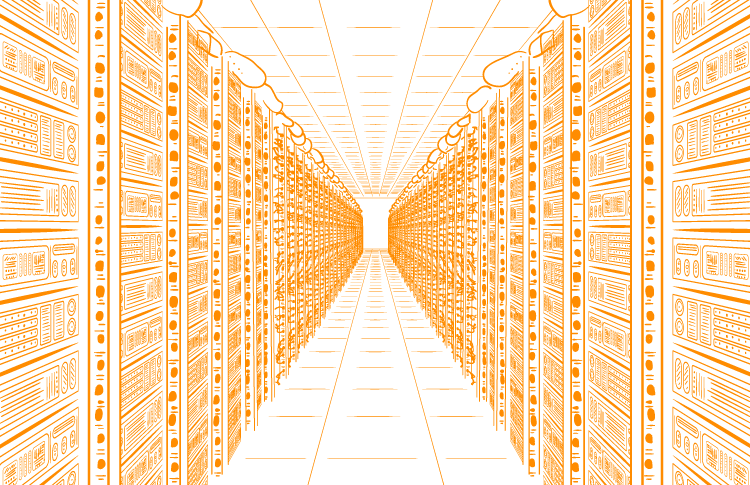
The ULISSES Project tests hardware, software, and data-driven solutions that asset owners can implement directly, enabling them to insource tasks they have historically outsourced. These systems act as "model frameworks" that function as benchmarks and guides to those developing their internal systems. These model systems are made available via the ARGOS Initiative, the ULISSES Project hosting platform provided by FlexAxion® to academics and students studying asset management and those pursuing continuing education who work for asset owners. At the heart of the ARGOS Initiative, are the FlexAxion® Joshua servers, built to meet the increasingly demanding processing and data storage needs of exascale financial computing.
After years of building systems around the limitations of general-purpose cloud services, members of the ULISSES Project traveled to Silicon Valley and met with the leadership of Dell Technologies' Silicon Valley office who agreed to provide hardware to benchmark traditional cloud-hosting hardware as applied to exascale finance problems. In benchmark tests, ULISSES Project researchers demonstrated that a restructuring of the underlying hardware architecture to accommodate advanced object handling would lead to data processing speeds many orders of magnitude faster than that achieved on traditional cloud-hosting platforms. Shortly thereafter, Rand Labs and {code}, Dell's open-source initiative, began the ARGOS Initiative to address these shortcomings. The Joshua Mark I servers were the result of this collaboration, developed using entirely Dell-sourced components. In 2019, FlexAxion® was formed to continue the work begun in the ARGOS Initiative. Working directly with component providers in Asia, FlexAxion® achieved even greater performance improvements. The Joshua servers and Dell "off the shelf" components form the core of the ARGOS cloud-hosting Infrastructure to this day.
The ARGOS approach offers significant advantages by handling entities and transactions as native objects and routing them to the associated hardware and software solution that will provide the fastest processing. This flexible object routing approach is in contrast to existing cloud-based architectures that are architected to perform as generic single processing solutions unless explicitly "hardcoded" to do differently. This "single processing solution" is the main reason that strict object-oriented engineered systems in the past slowed to the point that much less well-architected solutions overtook them in processing speed. As we rapidly approach the limitations of physics of single-CPU processors, users must be able to flexibly and seamlessly utilize other processing architectures, including parallel processing, GPUs, and FPGAs. The ARGOS advantage is that it is constructed to use whatever processing innovations occur in the future.
The pace of data acquisition and associated data replication in finance has increased in recent years, causing a "data explosion." Astrophysics was the first field to address this problem directly when they saw a doubling every year of the data available for analysis to their entire field when more accurate measurement devices were brought online. As this happened,researchers began only to be able to deal with ever-smaller slices of problems, a paradoxical situation at the very time when more discoveries should have been made because researchers actually had more data. These problems resulting from the data explosion were dubbed "the Exascale Computing Problem" by Microsoft's eScience initiative. Current projections lead even a casual observer to understand that finance faces its own"Exascale Computing Problem," which was foreshadowed in the aftermath of the 2007-2008 Financial Crisis. If new techniques are not employed, it will soon be impossible for anyone to address anything but a small fraction of any problem, let alone to "know where we are" currently in the financial markets. The ARGOS Initiative addresses the Exascale Computing Problem in finance by offering a highly scalable, object-oriented environment facilitated by AIAX object handling. Not only does this solution allow the data to be handled more efficiently, but it also aids end-users in separating "signals from noise" as they seek to understand the evolving relationship between risk and return.